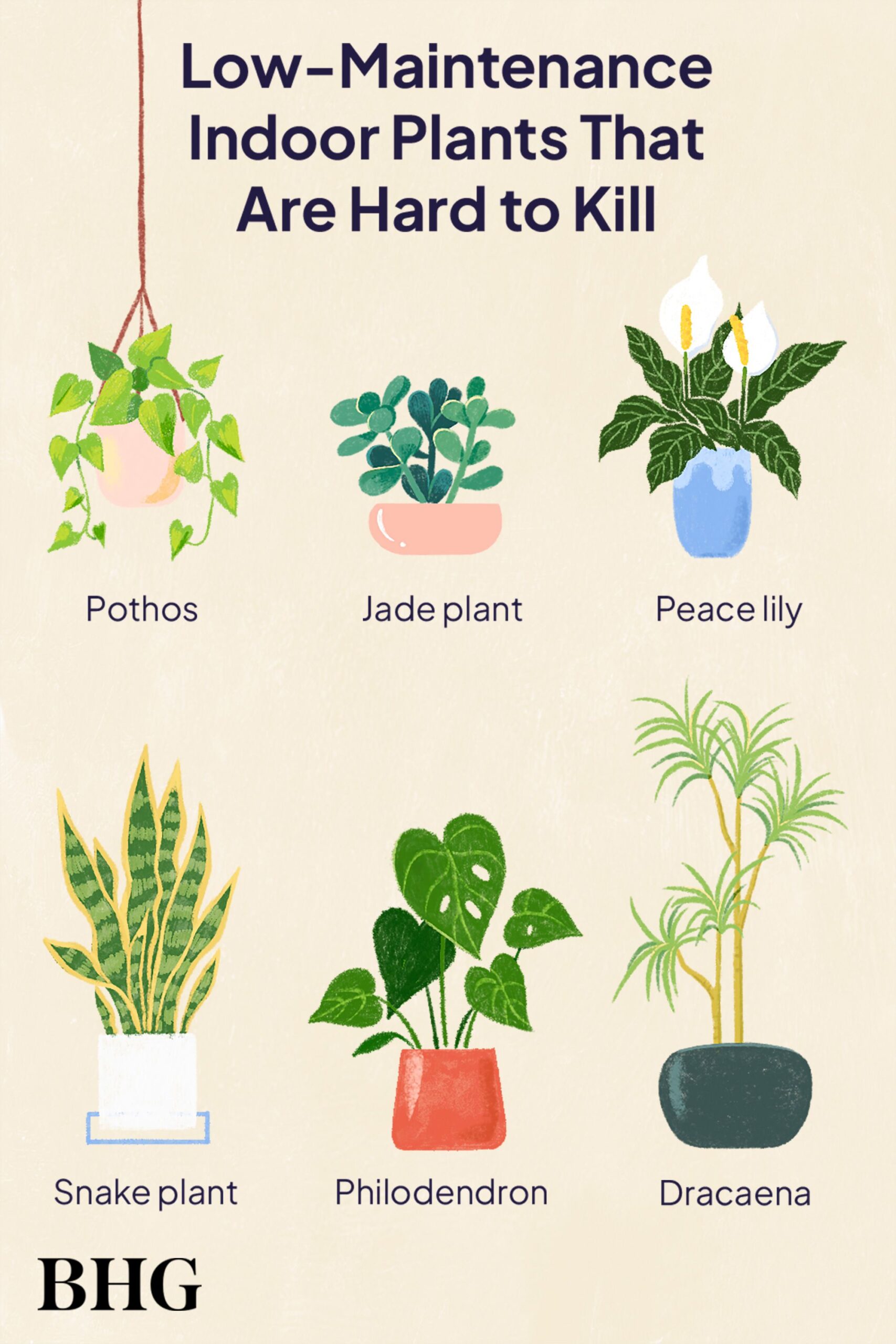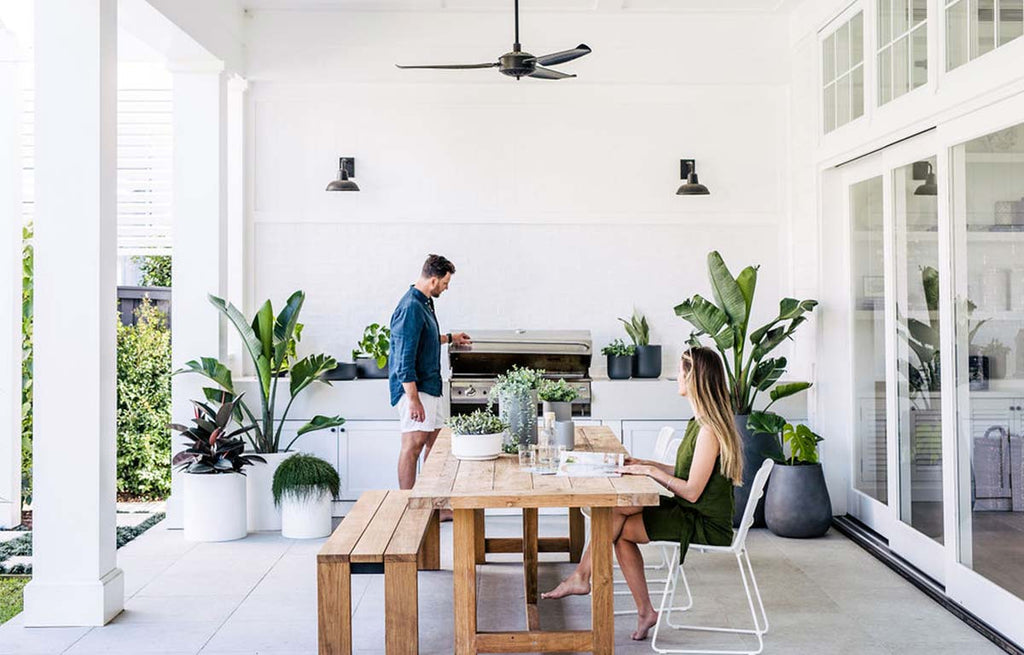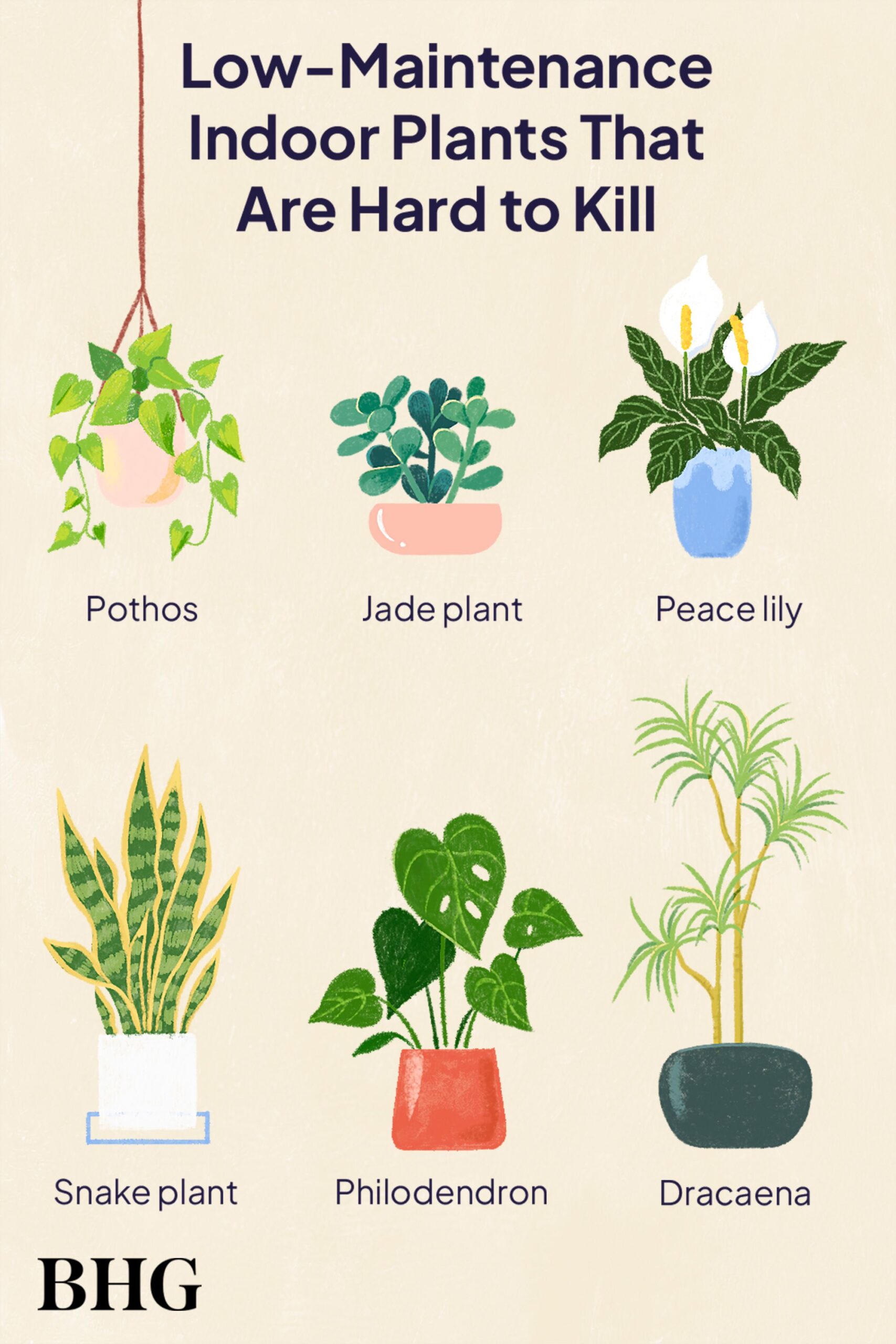How to Select Plants for Natural Home Design
When it comes to designing your home, incorporating plants into your space can make all the difference. Not only do they add a touch of greenery and natural beauty, but they also improve air quality and bring life to your interiors. But with so many plant options out there, how do you choose the right ones for your home design? Here are some tips to help you select plants that will enhance the natural appeal of your living space.
Consider Your Space
Before selecting plants, take a look at the space you have available. Consider the amount of natural light that the area receives, as well as the temperature and humidity levels. This will help you determine which plants are best suited for your home environment. For example, if you have a sunny spot with plenty of light, you may want to opt for plants that thrive in bright conditions, such as succulents or cacti. On the other hand, if your space is shaded or has lower light levels, you may want to choose plants that are better suited for these conditions, like ferns or snake plants.
Choose Plants That Complement Your Decor
When selecting plants for your home design, it’s important to choose ones that complement your existing decor. Consider the color scheme and style of your interiors, and select plants that will enhance these elements. For example, if you have a minimalist and modern aesthetic, you may want to opt for sleek and simple plants like rubber trees or fiddle leaf figs. If your home has a more bohemian or eclectic style, you may prefer plants with a more wild and untamed look, such as spider plants or peace lilies.
Think About Maintenance
Another important factor to consider when selecting plants for your home design is the level of maintenance they require. If you have a busy schedule or don’t have a green thumb, you may want to choose low-maintenance plants that are easy to care for. Succulents, pothos, and spider plants are all great options for beginner plant parents. On the other hand, if you enjoy spending time tending to your plants and have a green thumb, you may want to opt for more high-maintenance varieties, such as orchids or fiddle leaf figs.
Consider the Size of Your Plants
When selecting plants for your home, it’s essential to consider the size of the plants in relation to the space you have available. If you have a small apartment or limited floor space, you may want to opt for smaller plants like air plants, succulents, or ferns. On the other hand, if you have a larger living area or high ceilings, you may want to choose larger statement plants like fiddle leaf figs, monstera, or rubber trees to create a bold and dramatic focal point in your design.
Mix and Match
Don’t be afraid to mix and match different types of plants to create a diverse and visually appealing indoor garden. Experiment with a variety of colors, textures, and heights to add interest and depth to your home design. Consider creating groupings of plants in different sizes and shapes to create a sense of balance and harmony in your space. Mixing trailing plants like pothos with upright plants like snake plants can create a dynamic and layered look that adds dimension to your interiors.
Get Creative with Planters
Incorporating unique planters and containers into your home design can also help elevate the look of your indoor garden. Consider using decorative pots, hanging planters, or wall-mounted planters to add a touch of style and personality to your space. You can also get creative with repurposed containers like mason jars, wooden crates, or vintage tea tins to give your plants a one-of-a-kind home. Mixing and matching different types of planters can help create a cohesive and visually interesting display that complements your overall home decor.
Consult with a Plant Expert
If you’re unsure about which plants to choose for your home design, don’t hesitate to consult with a plant expert or local nursery for advice. They can help you select plants that are well-suited for your specific space and provide tips on caring for your indoor garden. Plant experts can also help you troubleshoot any issues you may encounter with your plants, such as pests, diseases, or watering problems. By seeking guidance from a professional, you can ensure that your indoor garden thrives and adds beauty to your home for years to come.
Conclusion
Adding plants to your home design is an excellent way to bring nature indoors and create a more welcoming and vibrant living space. By considering factors such as space, decor, maintenance, size, and creativity, you can select plants that enhance the natural beauty of your home while reflecting your personal style. Experiment with different plant varieties and arrangements to create a unique and personalized indoor garden that brings joy and tranquility to your living environment.



